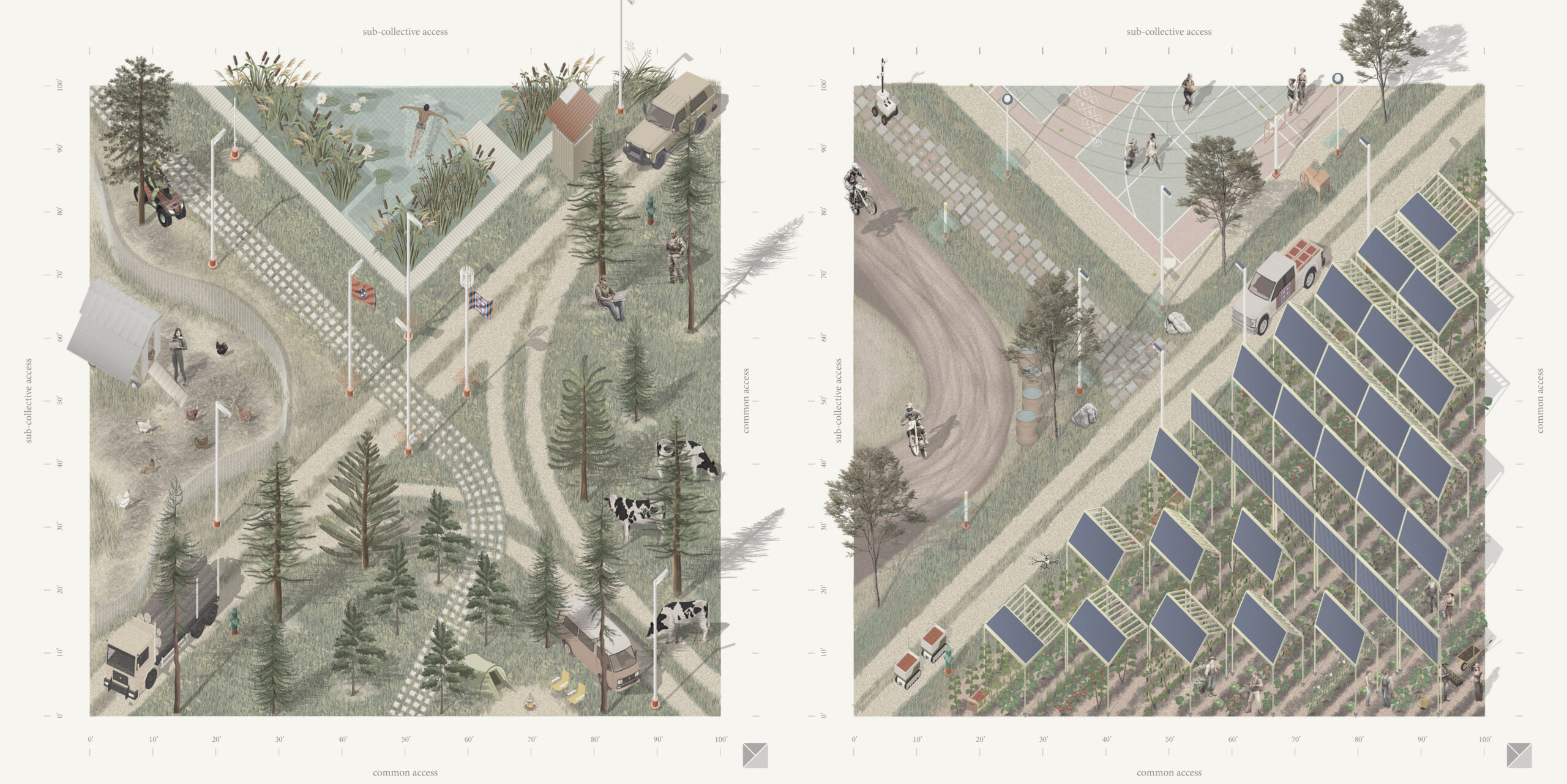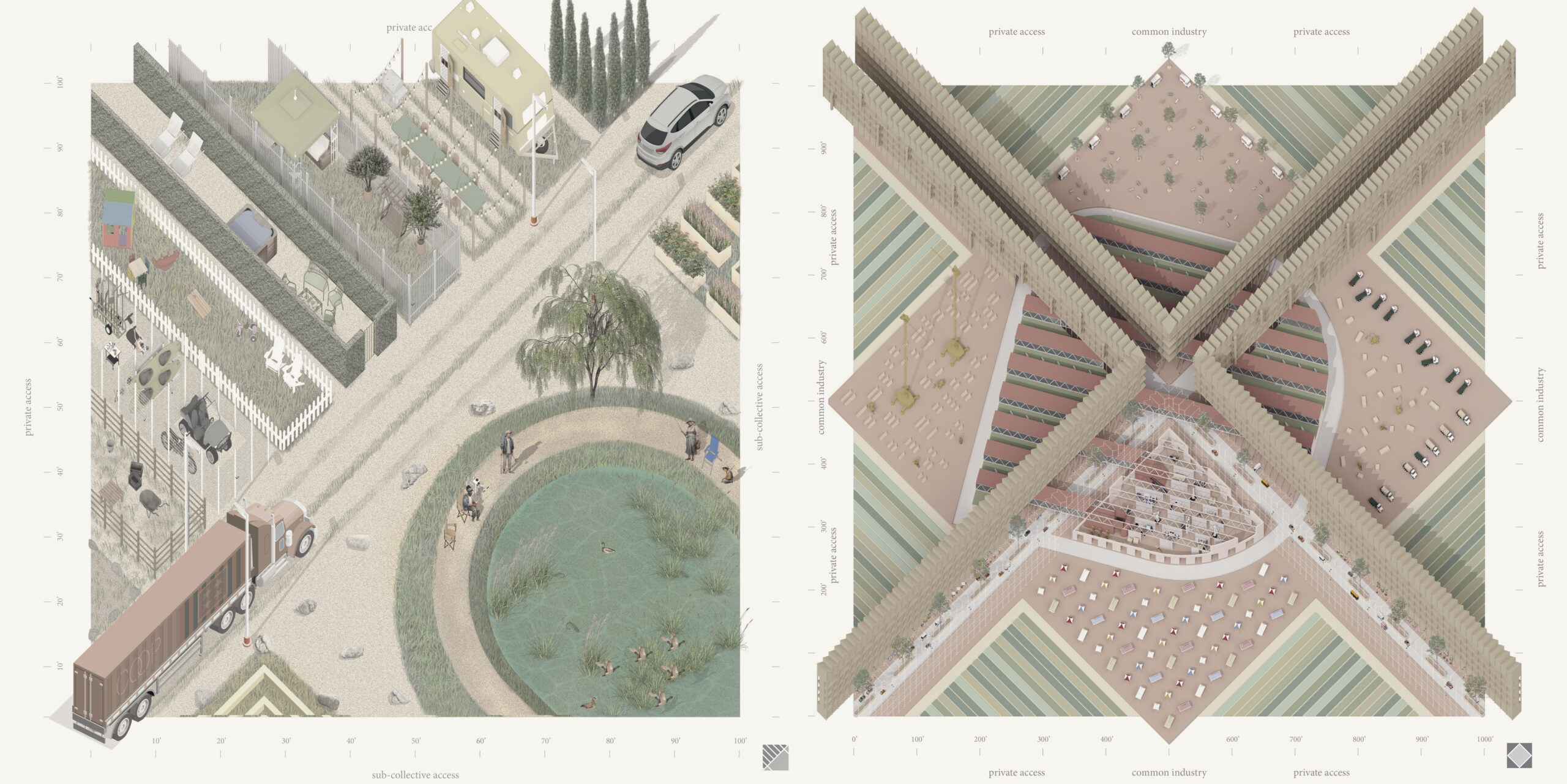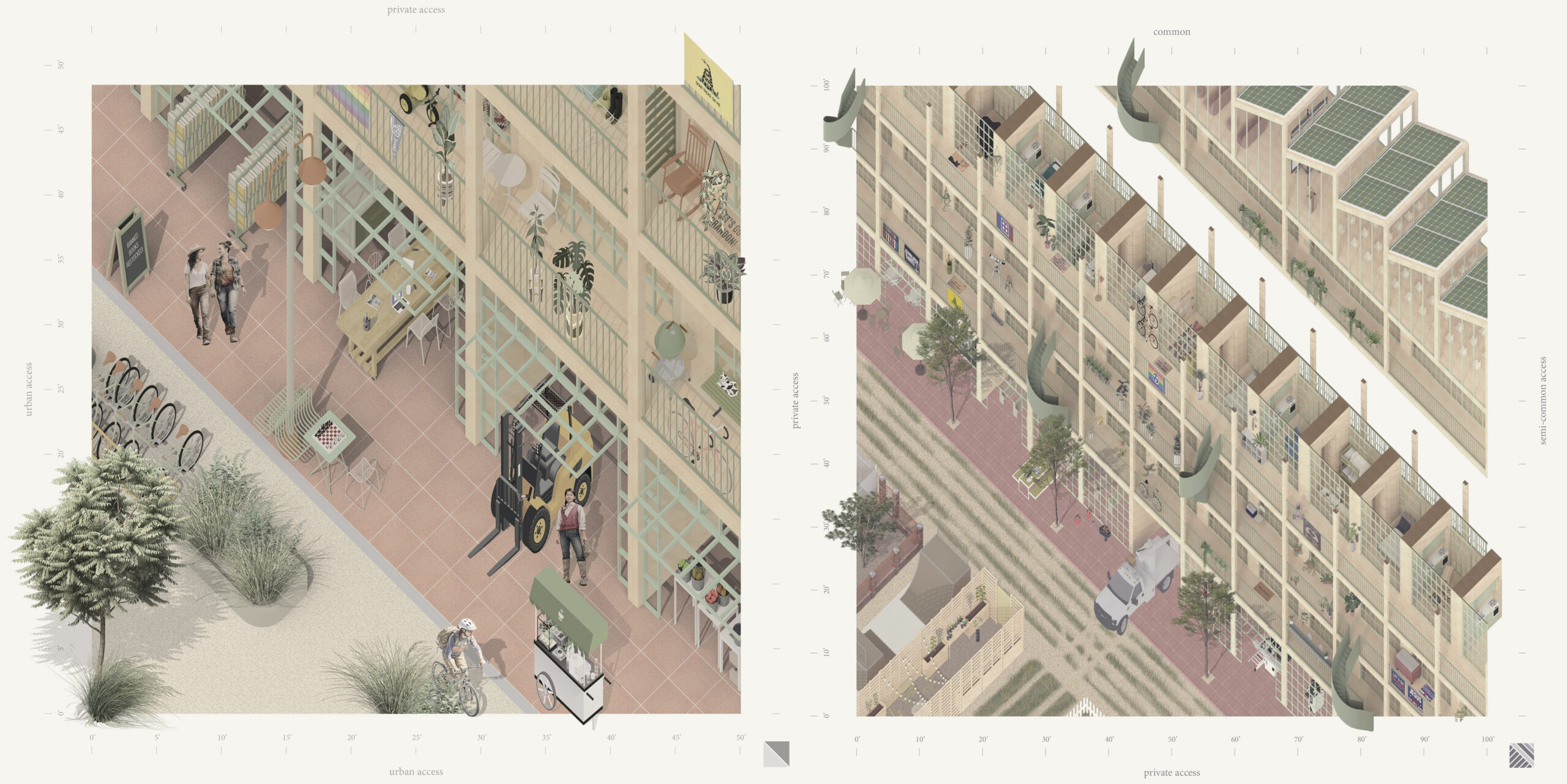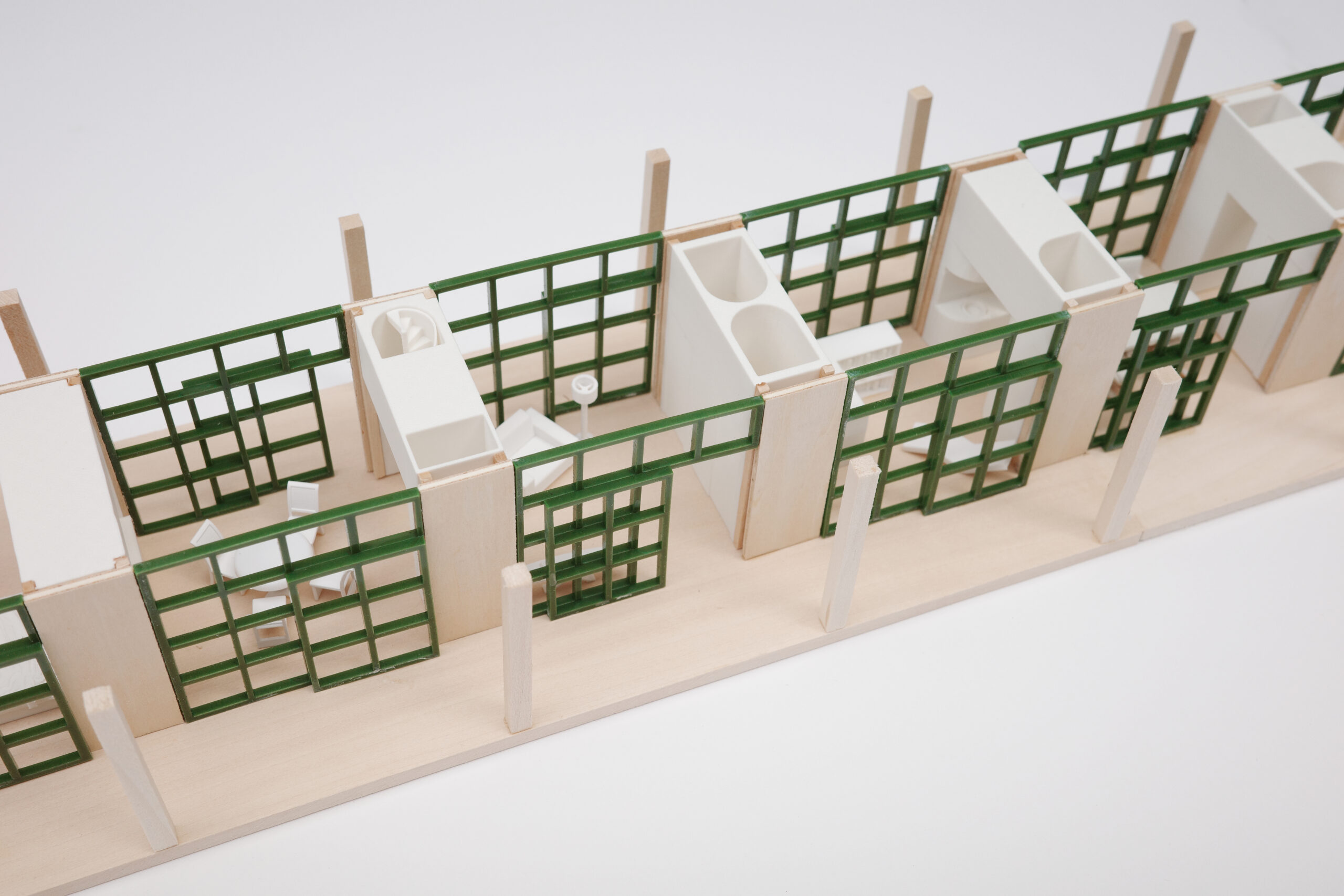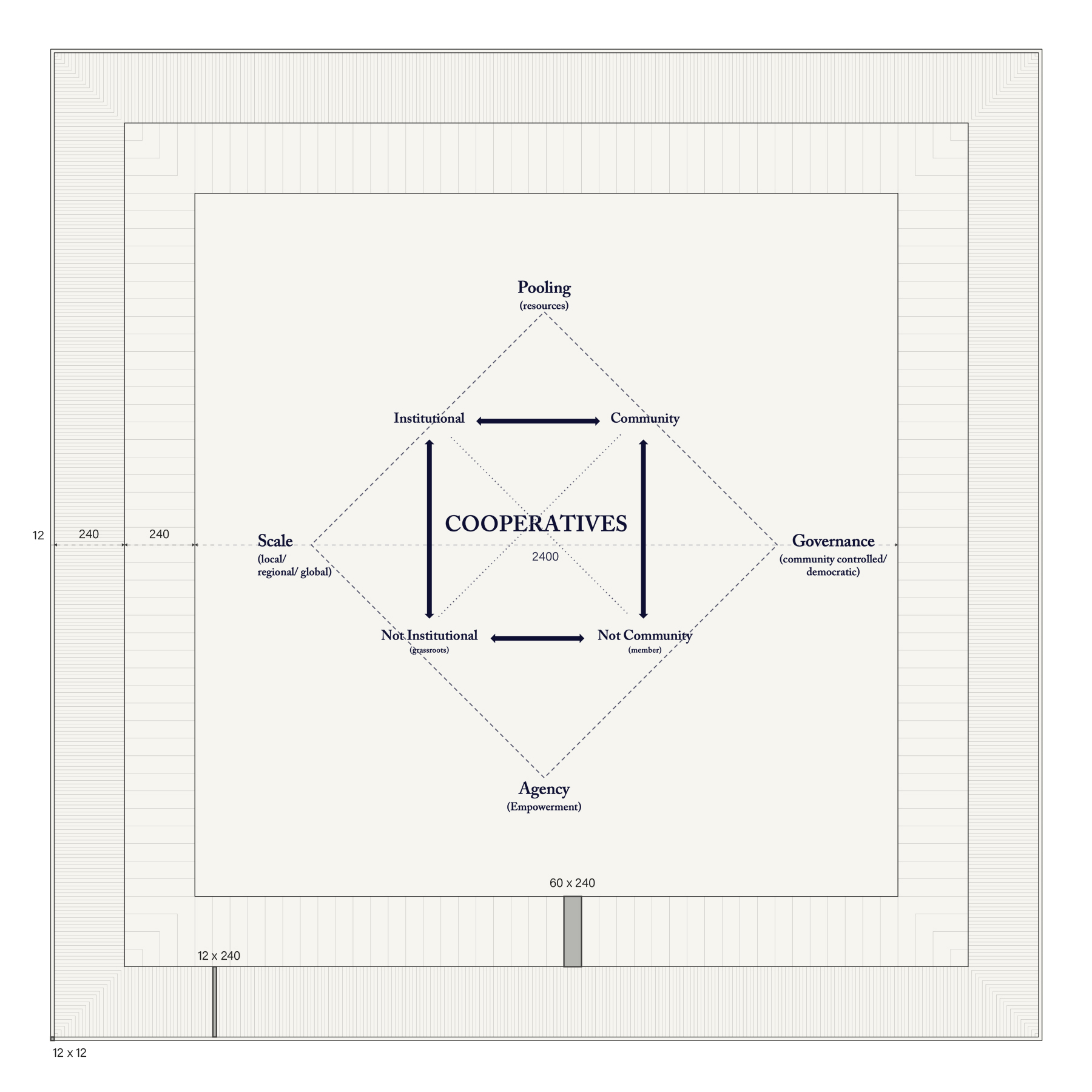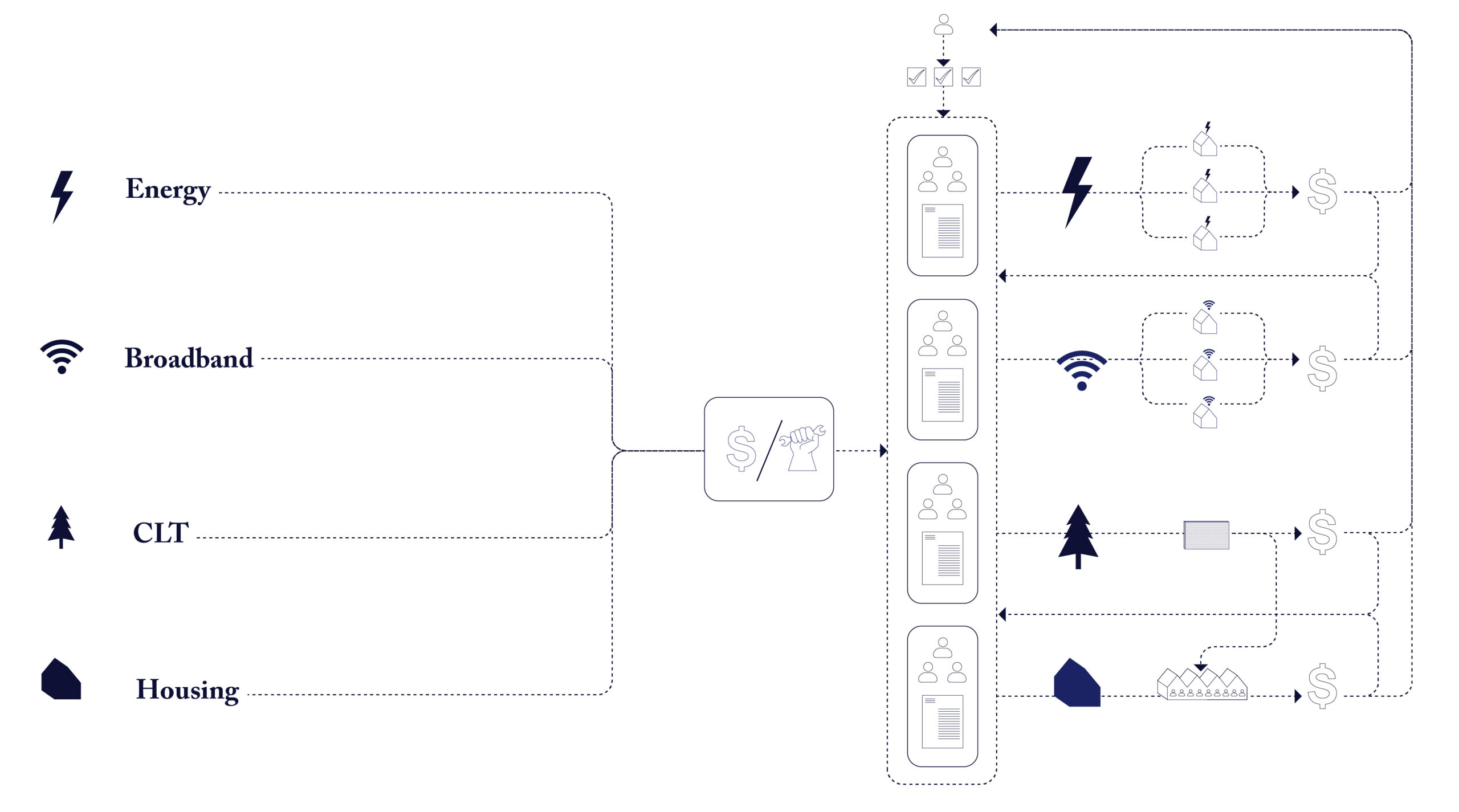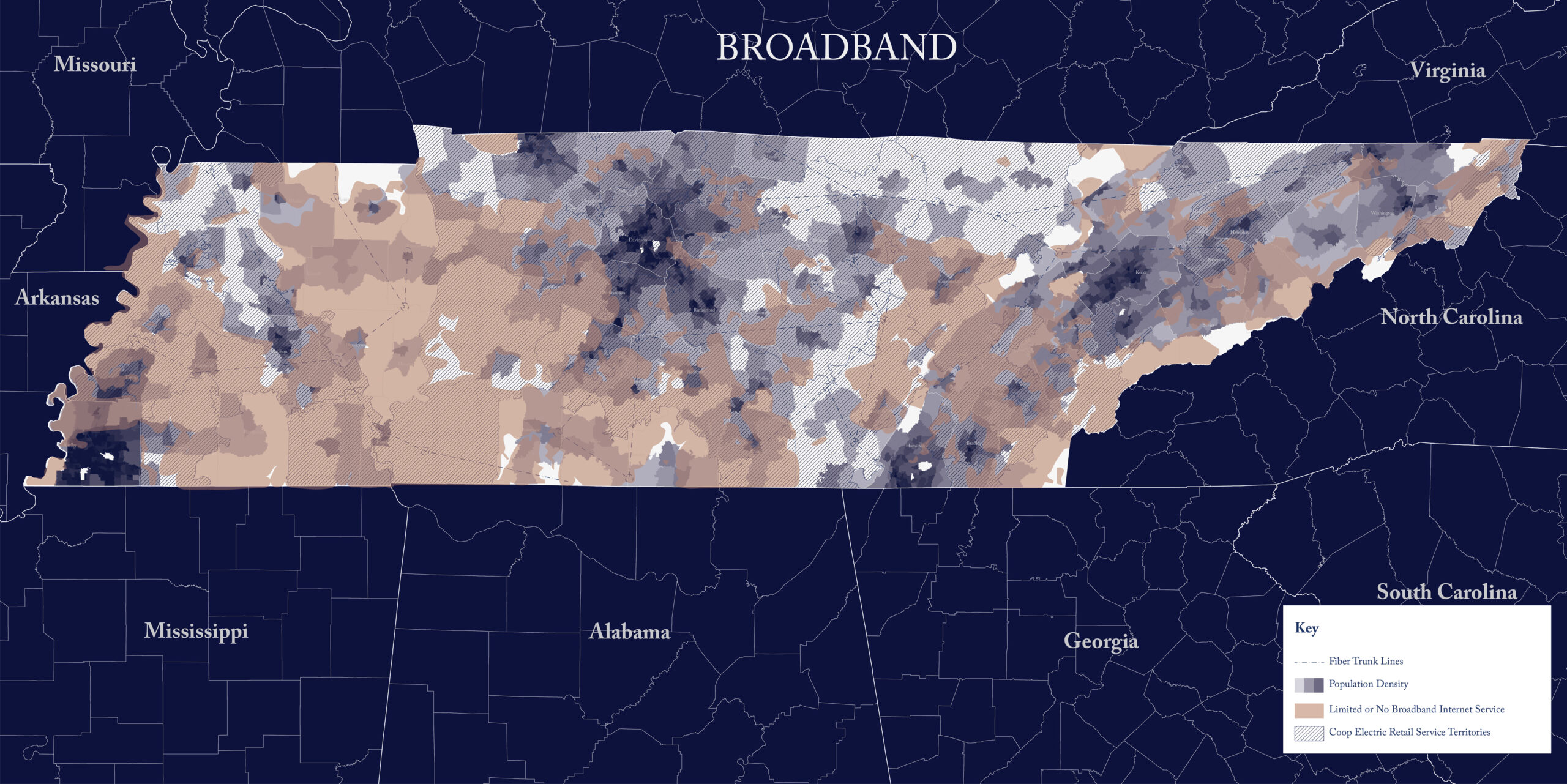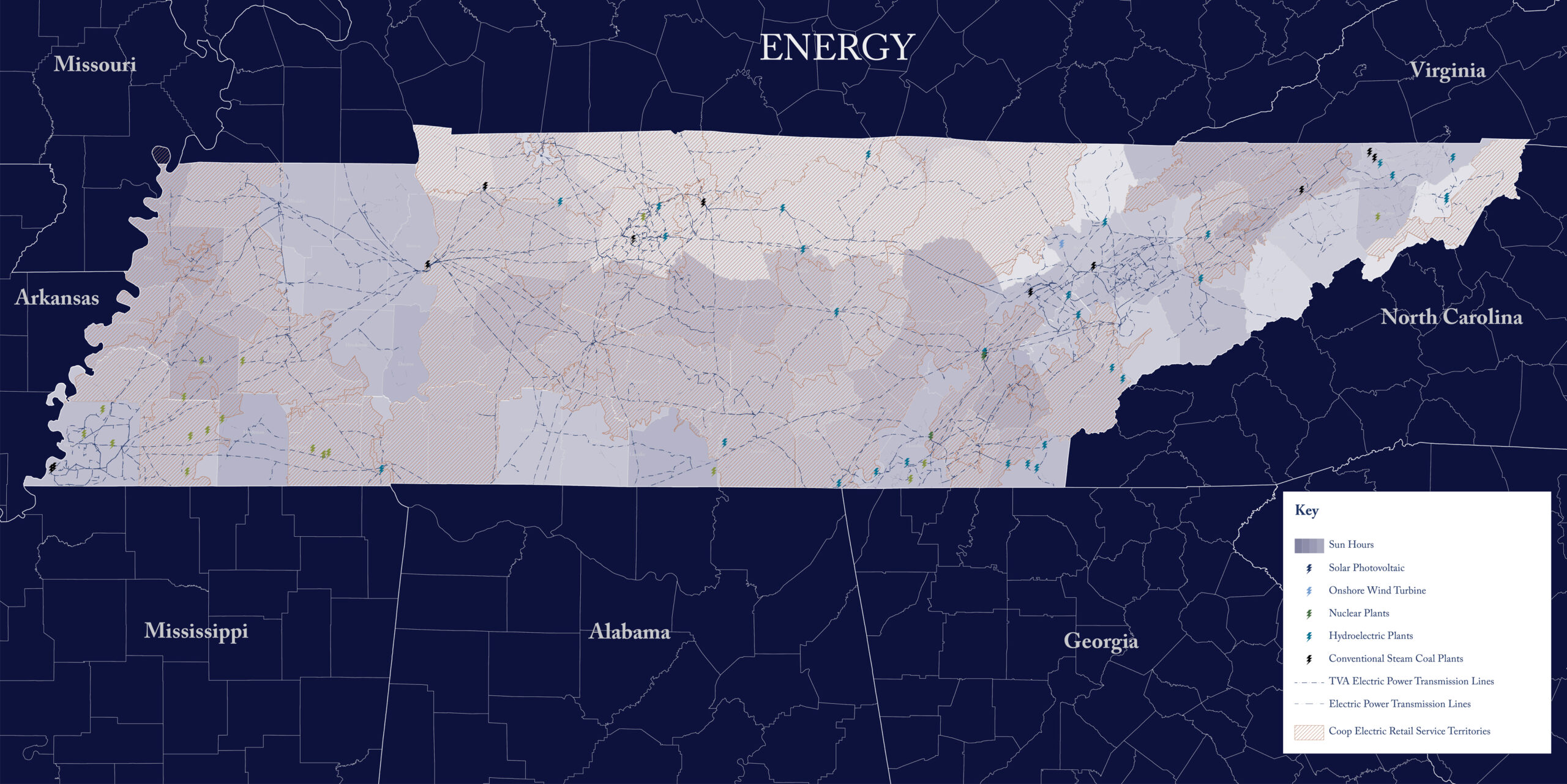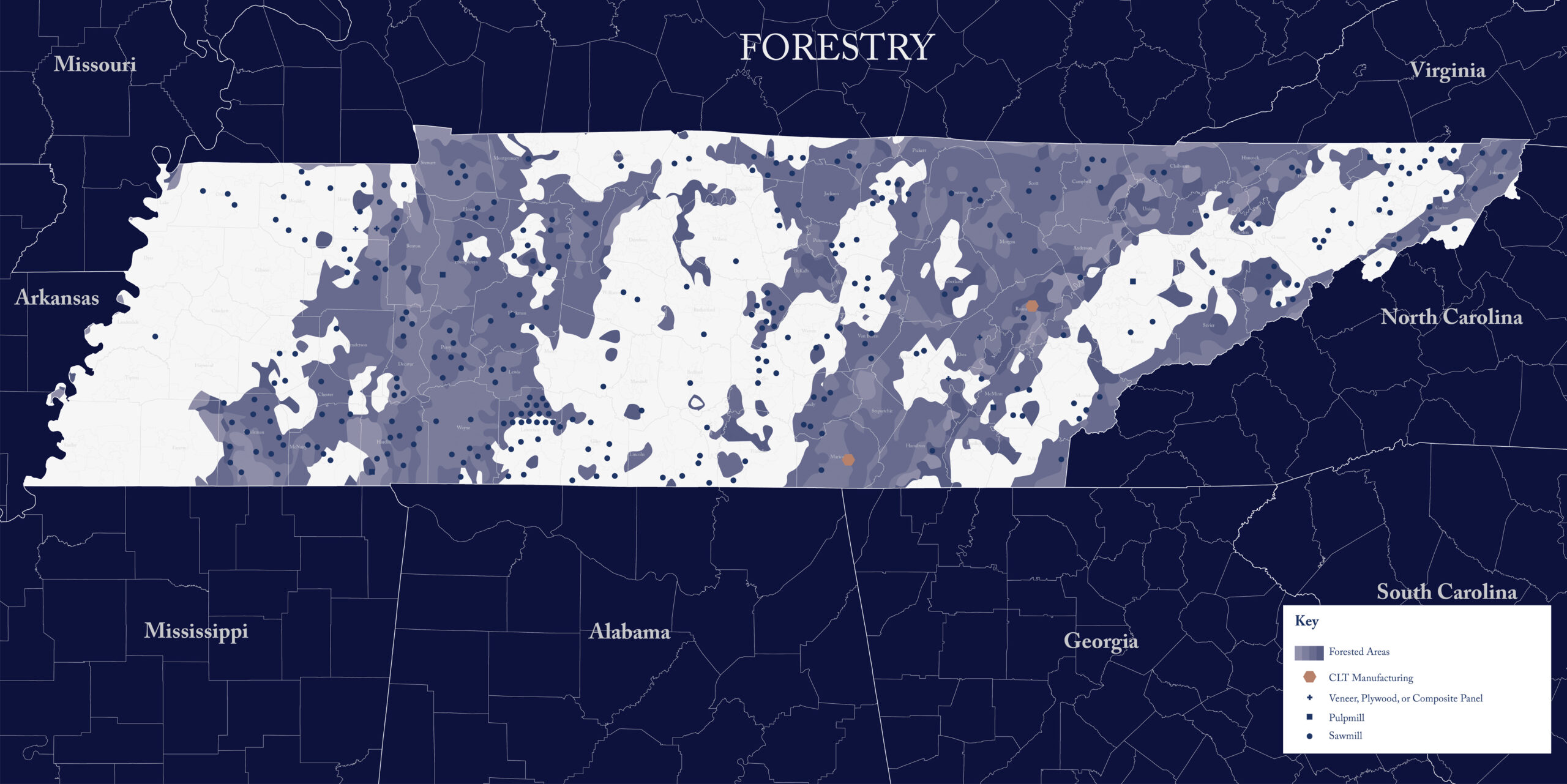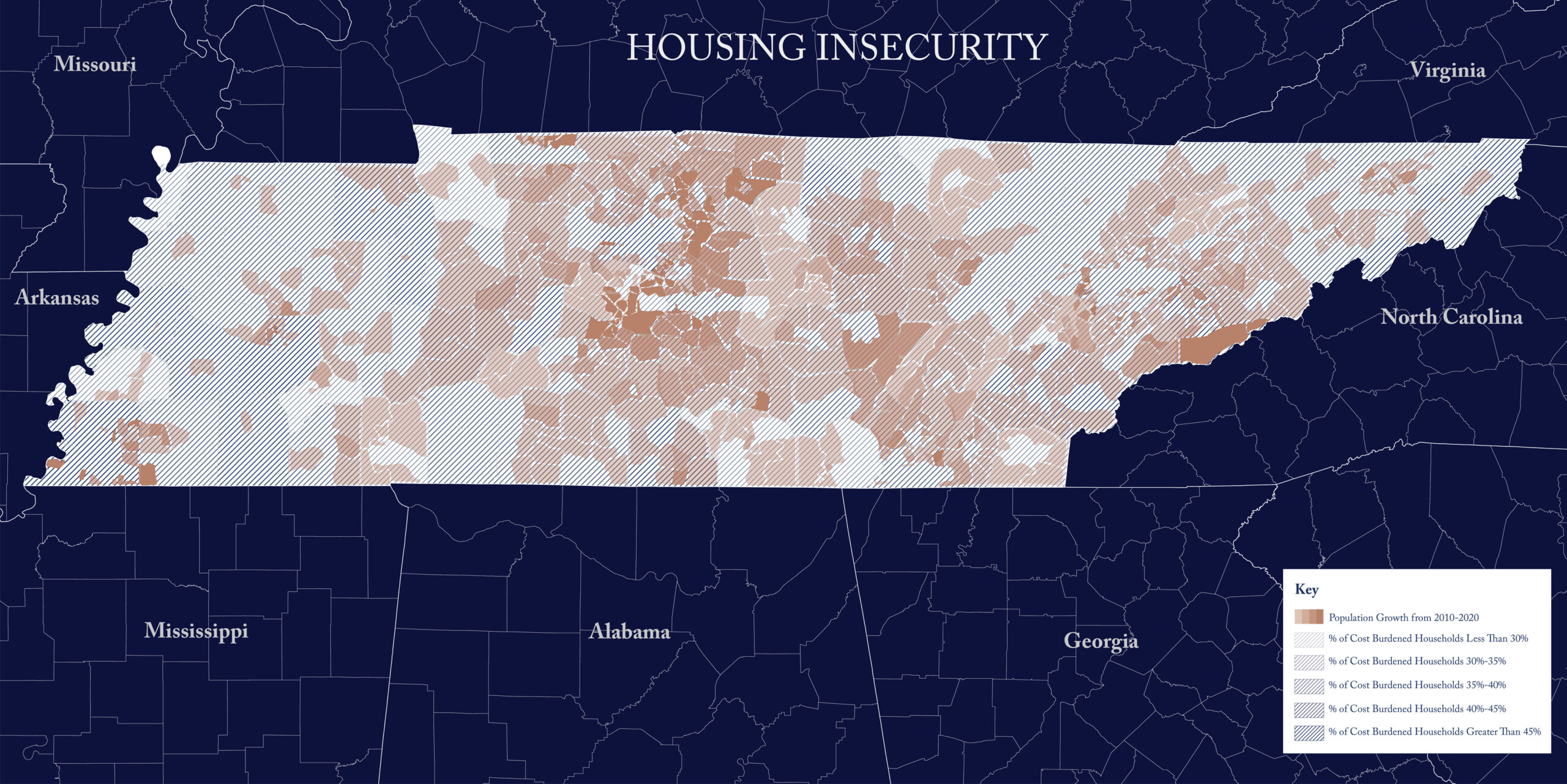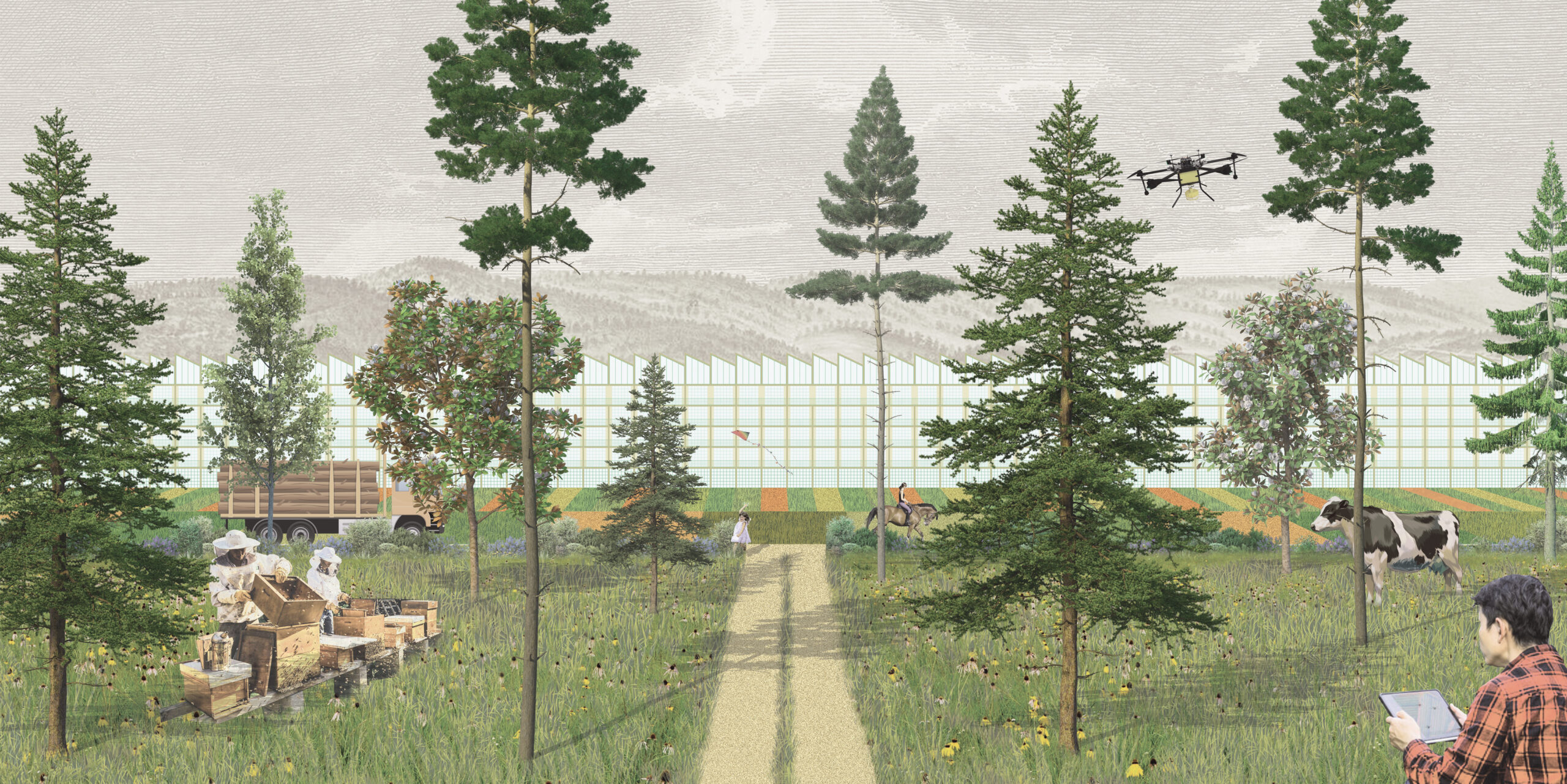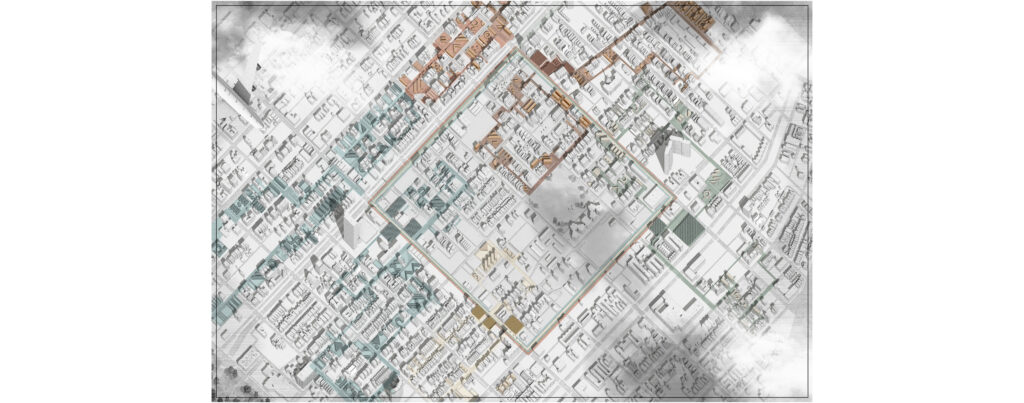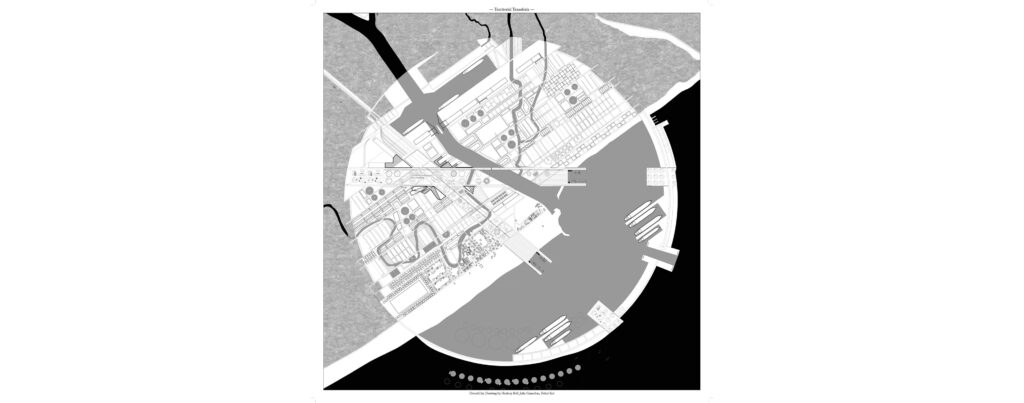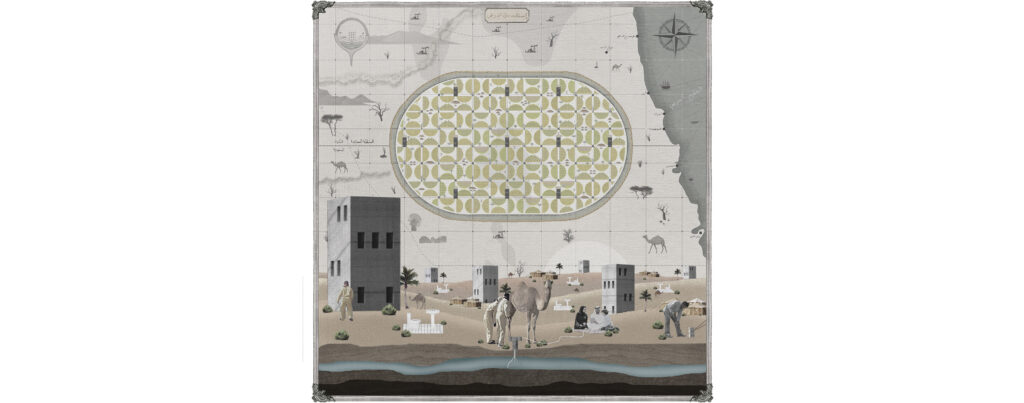Woody Guthrie’s 1951 song, This Land is Your Land was written after traveling across America for several years. Guthrie moved through large coastal cities to smaller rural communities and was acutely aware of the effects of the Great Depression on working class families as well as the diverse ways of living in America. It is important to note that Guthrie had omitted verses that clarify his own vision of America. The lost fourth verse reads: There was a big high wall there that tried to stop me; The sign was painted, said ‘Private Property’. Guthrie’s song has had widespread appeal as it speaks to both left leaning politics who read the land as ‘ours’ and right leaning libertarian’s that read the land as ‘mine’. Similarly in Tennessee, large top-down socialist visions tend to co-exist with individual libertarian ones.
Tennessee is witnessing rapid growth due to growing job prospects, increased ability to work from home, and affordable land for migrants from increasingly expensive cities. As more people move to Tennessee, we see the confluence of two key groups of the precariat—the original proletariat who lost material and social security due to transformations in labor as well as the urban precariat—young educated people who are unable to achieve financial or social security in cities. How might these two groups within the precariat come together to build class consciousness?
As the hydroelectric energy provided by the TVA continues to wane in significance in feeding the growing needs of Tennessee, perhaps the more lasting legacy of this WPA project was the establishment of energy cooperatives through the Rural Electrification Act. Today in the United States, energy cooperatives provide power to over 42 million people—92 percent of which live in counties with persistent poverty. Energy cooperatives, and cooperatives more generally, have been a vehicle to offer its members more agency, stake, and solidarity of stewardship in the access and control of resources. More recently, energy cooperatives are transitioning to alternative forms of energy more rapidly and also have been leveraged as a framework for distributing broadband infrastructure more equitably. This Land is Your Land examines the synergies that are formed by a multi-resource cooperative to address issues of data equity, housing access, energy transitions, and the forestry industry. The project considers how housing density and forms of urbanity can coexist along large-scaled surface-based energy and timber harvesting. It considers how urban and non-urban precarious workers tied to immaterial/material labor can find synergies and reciprocity. Ultimately it foregrounds the resilience that is created by considering alternative forms of value and exchange that can more equitably distribute resources and labor.
